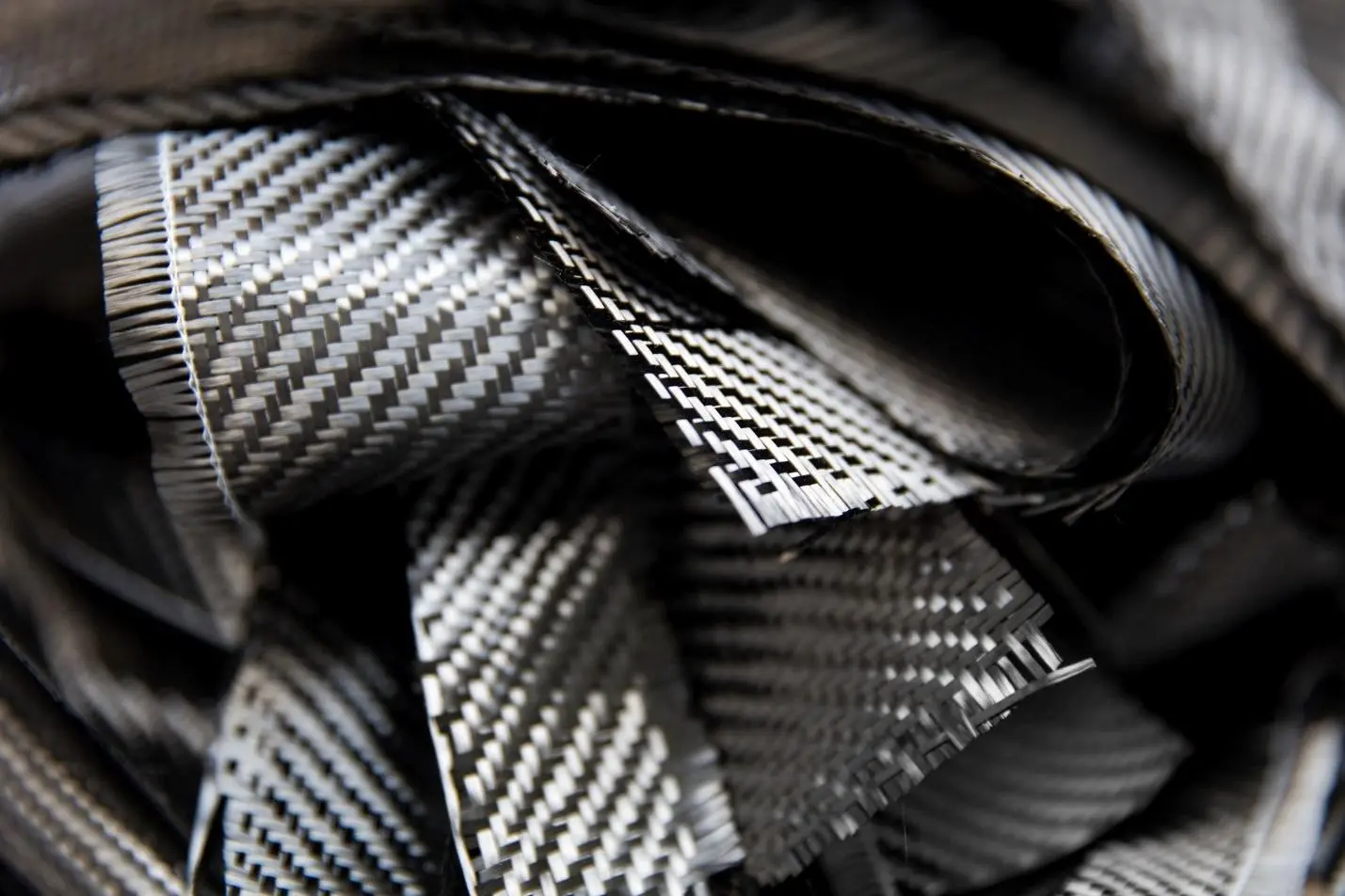Credit: boggy Via Freepik
Composite materials might seem complicated if you’ve never heard of them before, but the basic concept is not very challenging to understand. In the simplest terms, each composite material is a new product made from combining two or more other materials. Beyond this initial similarity, however, there can be an enormous variety of differences, making the topic more complex.
Given the range of products that fall under composite materials, the best approach to understanding them more thoroughly is to consider one aspect of composite materials at a time. An excellent place to begin this pursuit is to learn about different manufacturing methods for composite materials.
Filament Winding Process
The best-known materials that tend to be manufactured through filament winding are composites made of carbon fiber materials. This process involves winding continuous fibers around a mandrel – usually carbon or glass. While the manufacture of carbon fiber composites is often achieved this way, other advanced processes are often involved for greater precision. These processes can include the following:
- Laser Scanning
- Cad Design
- Prepeg Lamination and Vacuum Bagging
- Autoclave Curing
- Textile Pattern Generation
- Computerized Nesting
Lay-Up Process
Many composite materials contain many layers. In this case, a lay-up process is required wherein several layers of material are added on top of each other. This process usually requires a resin adhesive, which is later cured to create an intensely strong bond. Fibreglass is one of the most common composite materials involved in this process, primarily when manufacturing marine craft.
Injection Molding
As the name suggests, this type of manufacturing requires a mold cavity into which a thermoplastic or thermosetting polymer is injected. Since molding a polymer or plastic alone does not create a composite material, reinforcement materials are added to that base to create a final product that offers enhanced properties like increased strength or heat resistance.
Compression Molding
A composite material is compressed between two molds rather than injected into a cavity in this molding process. In this case, the molds are typically metal. As in the case of injection molding, reinforcement materials are added to the base material to ensure enhanced properties are achieved.
Resin Transfer Molding
This process is similar to injection molding in that a resin is injected into a mold cavity. The difference, in this case, is that the reinforcement material is already present in the mold when the resin is injected rather than added after the fact. As such, the resin permeates the reinforcement material, so the enhanced properties of the final composite material can be achieved.
While this list provides a summary of several types of ways to make composite materials, it needs to be more comprehensive. That said, it reveals how to combine different materials uniquely to create a product that contains properties not present in the original basic materials.
If you’d like to learn more about composite materials or are curious about whether a particular type of composite manufacturing might be helpful to your business, the best way to get advice is to contact a company that manufactures composite materials. Try one today.
